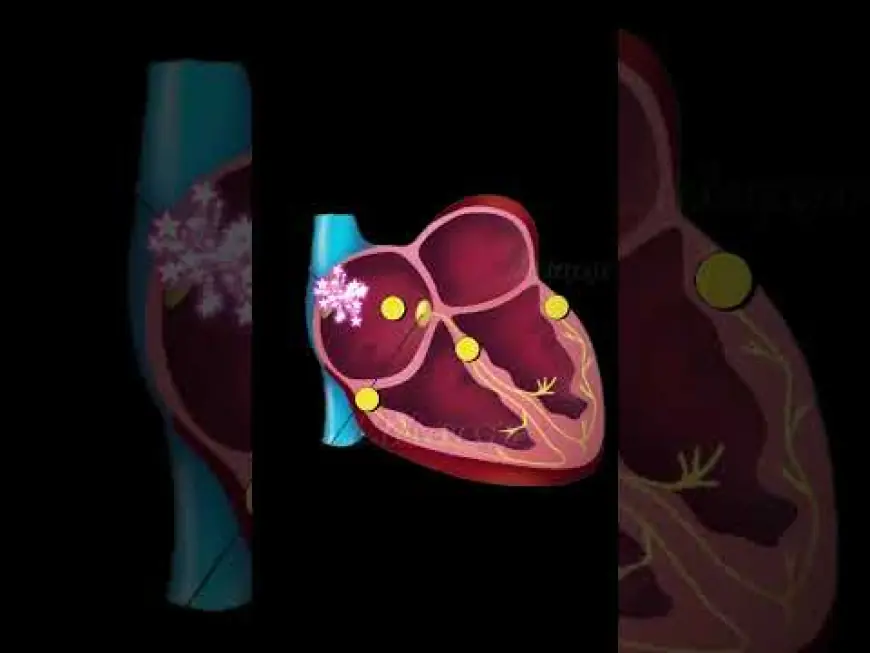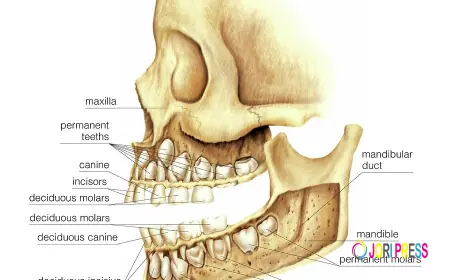Atrial Fibrillation (Afib) Market forecast reveals key drivers, therapeutic innovations, and future opportunities
Explore the atrial fibrillation (Afib) market with insights on prevalence, treatment innovations, regional growth, and future opportunities. Understand key drivers shaping demand for medications, ablation devices, and healthcare solutions worldwide.
The atrial fibrillation (Afib) Market is witnessing strong growth due to rising global prevalence of cardiovascular diseases, advancements in treatment technologies, and increasing awareness of arrhythmia management. Afib, the most common sustained cardiac arrhythmia, affects millions of people worldwide and is closely associated with serious complications such as stroke, heart failure, and cognitive decline. Consequently, the growing patient base has triggered robust demand for both pharmacological and non-pharmacological treatment options, shaping a highly competitive and evolving market landscape.
Market Drivers
-
Rising Prevalence of Cardiovascular Disorders
The global increase in sedentary lifestyles, obesity, hypertension, and diabetes is driving a surge in Afib cases. According to estimates from major cardiovascular associations, one in four adults is at risk of developing atrial fibrillation in their lifetime. This growing prevalence creates a significant demand for preventive therapies and advanced medical interventions. -
Technological Advancements in Treatment
The introduction of next-generation ablation devices, 3D mapping systems, and minimally invasive surgical procedures has transformed Afib management. Innovations such as cryoballoon ablation and robotic-assisted cardiac interventions provide higher success rates, reduced recurrence, and shorter recovery periods, boosting adoption among both physicians and patients. -
Increasing Awareness and Diagnosis
Enhanced screening programs and wearable cardiac monitoring devices are facilitating early detection of arrhythmias. Smartwatches and remote monitoring tools now play a role in identifying irregular heart rhythms, thereby increasing diagnosis rates and timely treatment. -
Supportive Government and Reimbursement Policies
Several countries are implementing initiatives to strengthen cardiac care infrastructure. Favorable reimbursement policies for ablation procedures, medications, and hospital-based treatments are enhancing patient access to advanced therapies, particularly in developed regions such as North America and Europe.
Market Challenges
While opportunities are strong, the Afib market faces challenges such as:
-
High Cost of Advanced Therapies: Ablation procedures, mapping systems, and implantable devices remain costly, limiting widespread adoption in lower-income regions.
-
Treatment Risks and Complications: Pharmacological therapies like anticoagulants carry bleeding risks, while invasive procedures may result in complications, which can hinder patient acceptance.
-
Healthcare Disparities: Developing countries face infrastructure gaps, lack of specialized cardiologists, and limited access to cutting-edge technology, restricting market penetration.
Market Segmentation
-
By Treatment Type
-
Pharmacological Therapy: Anticoagulants, antiarrhythmic drugs, and rate-control medications remain the first line of defense. Direct oral anticoagulants (DOACs) have gained popularity due to safety and efficacy advantages over traditional warfarin.
-
Non-Pharmacological Therapy: Catheter ablation, surgical ablation, pacemakers, and implantable cardioverter-defibrillators (ICDs) are witnessing rising demand, especially in patients resistant to drug therapy.
-
-
By End User
-
Hospitals and Cardiac Centers: Dominating the segment due to advanced infrastructure and skilled professionals.
-
Ambulatory Surgical Centers: Gaining traction as minimally invasive procedures rise.
-
Homecare and Remote Monitoring: Expansion driven by wearable devices and telemedicine platforms.
-
-
By Geography
-
North America: Holds the largest share owing to high disease prevalence, advanced healthcare systems, and strong reimbursement coverage.
-
Europe: Growing steadily with strong regulatory approvals and supportive healthcare frameworks.
-
Asia-Pacific: Fastest growth expected due to rising awareness, increasing disposable income, and expanding healthcare infrastructure.
-
Latin America & Middle East/Africa: Emerging markets with gradual improvements in access and treatment availability.
-
Competitive Landscape
The Afib market is highly competitive with major pharmaceutical and medical device companies investing in R&D and expanding product portfolios. Key players are focusing on:
-
Drug Innovation: Development of safer anticoagulants with reduced bleeding risks.
-
Device Advancements: Improved ablation catheters and mapping systems that enhance precision.
-
Strategic Collaborations: Partnerships between hospitals, technology firms, and device manufacturers for integrated cardiac care solutions.
-
Expansion in Emerging Markets: Targeting Asia-Pacific and Latin America to tap into large, underserved populations.
Future Outlook
The atrial fibrillation market is expected to expand steadily as disease burden rises and treatment technologies advance. Growth will be fueled by:
-
Integration of Artificial Intelligence: AI-powered diagnostic tools and predictive analytics to improve treatment planning.
-
Personalized Medicine: Tailored treatment strategies based on genetic profiling and patient-specific conditions.
-
Telehealth Expansion: Remote monitoring and digital therapeutics enabling continuous patient management beyond clinical settings.
-
Focus on Preventive Care: Lifestyle interventions, public health awareness campaigns, and early detection programs reducing long-term complications.
Conclusion
The atrial fibrillation (Afib) market is entering a transformative phase driven by innovation, growing prevalence, and expanding patient awareness. While challenges such as high costs and limited access in certain regions remain, the market’s future trajectory is promising. As healthcare systems prioritize cardiovascular disease management, Afib therapies—ranging from advanced drugs to cutting-edge devices—will continue to see rising adoption globally.
What's Your Reaction?
 Like
0
Like
0
 Dislike
0
Dislike
0
 Love
0
Love
0
 Funny
0
Funny
0
 Angry
0
Angry
0
 Sad
0
Sad
0
 Wow
0
Wow
0


















































